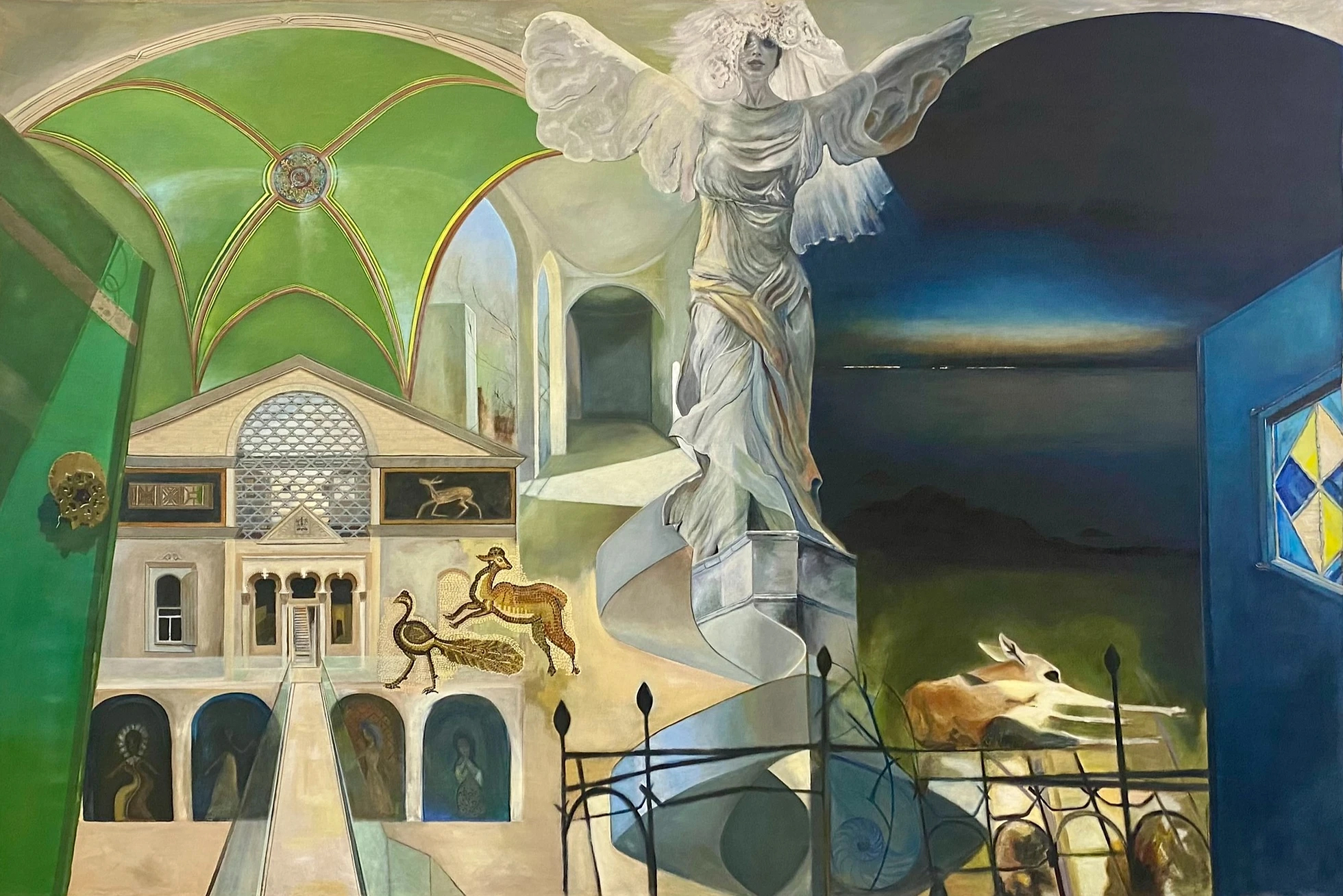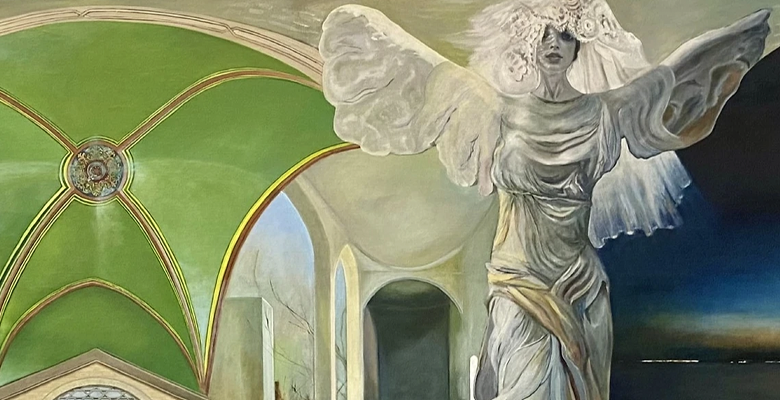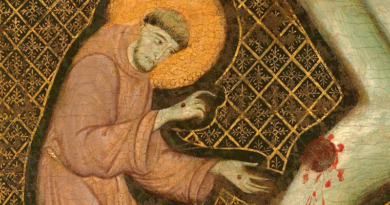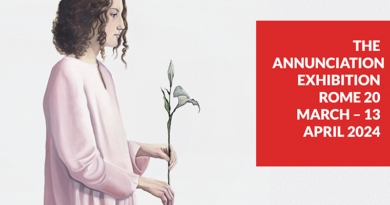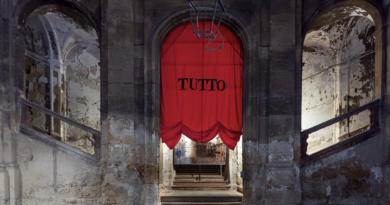The Doe of Dawn – A Painting On A Biblical Subject At Jerusalem Biennale 2024
A mystery of the Divine Feminine. A female manifestation of God. A biblical story of Queen Esther revealed in the painting “The Doe of Dawn” by an Americacn-Israeli artist Iris Ahuva Pykovski.
The exhibition “The Doe of Dawn” at the Bible Lands Museum is a a part of the Jerusalem Biennale 2024 and it engages with the mystery of the doe, a biblical myth about the Divine Feminine.
The doe, representing purity, grace, divine beauty, and nourishment, encounters the snake, that creature representing the forces of evil, but also, masculinity and healing. From this union of opposites, delivered in pain, – redemption is born.
In the biblical book named after her, Esther is a young Jewish woman living in the Persian diaspora who finds favor with the king, becomes queen, and risks her life to save the Jewish people from destruction when the court official Haman persuades the king to authorize a pogrom against all the Jews of the empire.
Through the image of the doe, symbolizing the feminine resilience of Israel, the painting raises the crucial question – How can there be rebirth after such a deeply inflicted wound to the collective womb? How can we restore a sense of the feminine majesty to our broken selves?
Pykovski’s “The Doe of Dawn” oil painting carries plenty of symbols, including a doe and four figures corresponding to the four biblical matriarchs.
The building whose facade appears in the painting implies yet another topical and seasonal element – it is Beit Hadassah, a historic hospital with a turbulent past and a symbol of rebirth in jewish culture. Hadassah is also one of Queen Esther’s names in the Hebrew Bible. This way a building in the painting is a tribute to her.
